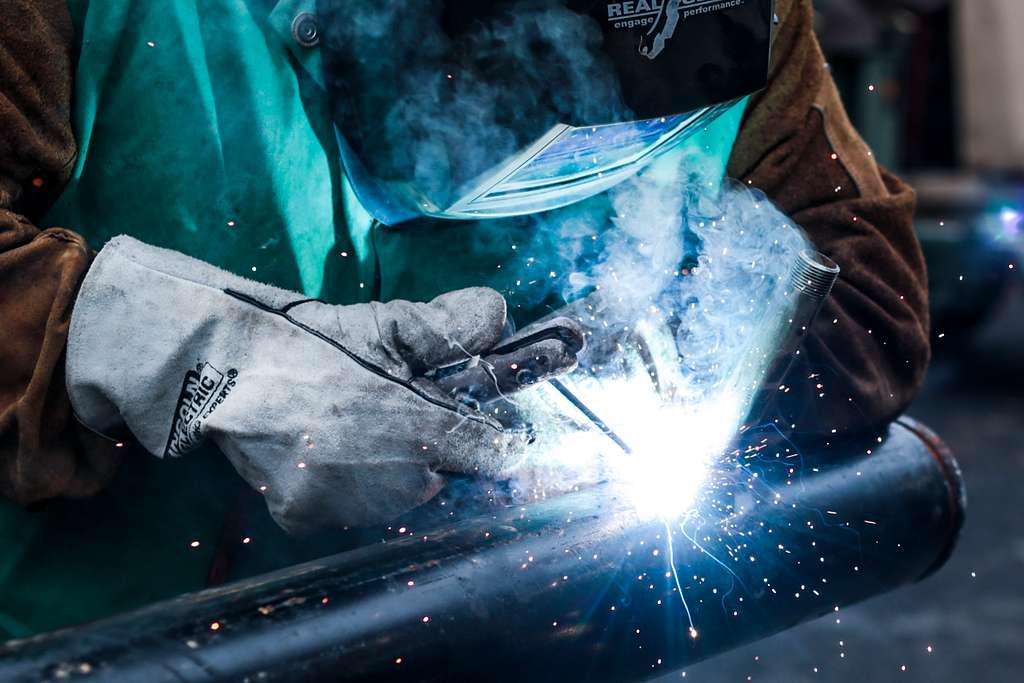
What Is Disposable Protective Clothing and When Is It Needed?
Disposable protective clothing is designed to be worn once—or for a single shift—then discarded.
It offers lightweight, cost-effective protection against particulates, liquids, and limited chemical hazards.
From cleanrooms to construction zones, disposable PPE is a frontline defense that combines convenience with compliance.
Disposable protective clothing is single-use PPE made from nonwoven materials like SMS or microporous film, offering barrier protection against dust, mist, splashes, and low-level chemicals. It is commonly used in environments where contamination control or worker hygiene is critical.
Unlike reusable gear, these garments are factory-sealed, often pre-sterilized, and removed after contamination risk passes—reducing the chance of chemical carryover or biological transmission.
Whether it’s a pharmaceutical plant, a pesticide spraying task, or a COVID quarantine site, disposable PPE is used when reusables are impractical or hygiene is paramount.
What Is Disposable Protective Clothing?
Disposable protective clothing refers to garments designed for short-term use, typically made from lightweight synthetic fabrics, such as:
- SMS (Spunbond-Meltblown-Spunbond): Durable, breathable, and good for dry particle protection.
- Microporous film laminate: Offers liquid resistance and is common in Type 5/6 suits.
- Tyvek® high-density polyethylene: Exceptionally breathable and chemical-resistant, often used in cleanrooms.
- Polypropylene nonwoven: Common in lab coats and basic barrier gowns for light-duty tasks.
These garments are commonly available in:
- Coveralls: With hoods, elastic cuffs, boot covers.
- Gowns: For front-line splash and infection control.
- Sleeves & aprons: Task-specific applications.
- Lab coats and shoe covers: Cleanroom and food industry essentials.
🧪 Important note: These materials are typically not flame-resistant or arc-rated unless specified. Using them around ignition sources is dangerous unless properly layered with FR-rated outerwear.
When Is Disposable PPE Required?
Disposable PPE is typically required in environments where:
- Contamination control is critical (e.g., cleanrooms, biotech labs).
- Exposure to non-hazardous but dirty conditions occurs (e.g., spray painting, powder handling).
- Infection risk exists (e.g., hospitals, COVID wards, emergency response).
- Decontamination of suits is impractical or too expensive.
- Workers move through multiple hazard zones quickly.
🧯 For example, during emergency chemical spill cleanups, disposable suits are faster to deploy and reduce risk of contaminant transfer between locations.
💡 In some sectors, regulations even mandate disposable PPE for specific activities to prevent microbiological or particulate cross-contamination.
Advantages of Disposable Protective Clothing
- ✅ No laundering or maintenance: Cut down costs of industrial washing and sterilization.
- ✅ Lightweight and breathable: Many designs reduce heat buildup during long shifts.
- ✅ Reduces cross-contamination: Especially vital in bio-sensitive environments.
- ✅ Easy to store, stock, and distribute: Available flat-packed in cartons or sealed pouches.
- ✅ Certified performance: Many meet CE or ASTM standards for dust and splash protection.
- ✅ Cost-effective: Perfect for contract work, temporary projects, or emergencies.
🧠 It’s not just about saving cost—it’s about lowering logistic and cleaning complexity, especially across multiple job sites or rotating teams.
Limitations of Disposable PPE
- ❌ Lower durability: Can tear if exposed to mechanical stress or sharp objects.
- ❌ Limited chemical resistance: Most aren’t suitable for long-term exposure to aggressive chemicals.
- ❌ Not FR-rated: Should never be used around open flames or molten splash unless layered properly.
- ❌ Generates waste: Improper disposal contributes to landfill burden.
- ❌ Can be uncomfortable in hot or humid conditions: Sweat buildup may occur if the garment lacks ventilation features.
📌 Always balance protection level with exposure risk and working conditions. For extended exposure or abrasive tasks, consider semi-disposable or reusable PPE with better reinforcement.
Common Use Cases by Industry
| Industry | Use Case Example | Garment Type |
|---|---|---|
| Pharmaceutical | Cleanroom powder handling | Type 5/6 coveralls |
| Healthcare | Viral barrier during patient treatment | Isolation gown (EN 14126) |
| Agriculture | Pesticide application and animal care | Type 3/4 suits |
| Food Processing | Contamination control in packing lines | Lab coats + hair covers |
| Painting & Coating | Overspray protection during spray operations | Type 5/6 microporous suit |
| Cleaning Services | Asbestos removal or heavy dust exposure | Type 5/6 disposable suit |
🛠️ Each of these industries has specific needs—for example, food processors must avoid lint-shedding garments, while asbestos abatement requires full-body sealed Type 5 suits.
How Long Can Disposable PPE Be Worn?
Disposable suits are designed for:
- A single shift (usually 6–8 hours)
- One-time use when exposed to hazardous fluids or dust
- Immediate disposal if damaged, contaminated, or penetrated
📅 Some suits may be labeled as "limited use", meaning they may be worn more than once if not compromised. However, this must be assessed case by case.
💡 Pro tip: Always train workers to inspect suits before donning and discard after any chemical contact, physical damage, or contamination.
What to Ask Before Selecting Disposable Clothing
- What hazards will the suit face (dust, spray, splash, chemicals)?
- Is the suit Type-rated (EN 14605, EN 13982, EN 14126, etc.)?
- How long will the worker wear it, and will heat stress be an issue?
- Will it be used in hot, confined, or high-movement environments?
- Do we have a disposal system in place (bagging, labeling, hazardous waste protocols)?
- Does the material comply with antistatic requirements if used near sensitive electronics or solvents?
✔️ Having these answers in hand will help you and your supplier choose the right suit faster and smarter.
Conclusion
Disposable protective clothing offers a smart solution when speed, hygiene, and practicality matter more than reuse.
It keeps workers clean, environments uncontaminated, and logistics simple—especially in high-turnover or bio-sensitive industries.
Select it not just for cost, but for control.
Email: [email protected]
Website: www.workwearsolutions.net
Zion Zhang
Recent Posts
 Heat-Resistant Gloves: EN 407 Ratings and Industrial Applications2025年8月2日Working in high-temperature environments without the right […]
Heat-Resistant Gloves: EN 407 Ratings and Industrial Applications2025年8月2日Working in high-temperature environments without the right […] Chemical-Resistant Gloves: Choosing the Right Material for Every Hazard2025年8月2日Working with chemicals without the correct gloves can lead […]
Chemical-Resistant Gloves: Choosing the Right Material for Every Hazard2025年8月2日Working with chemicals without the correct gloves can lead […] Cut-Resistant Gloves: Levels Explained (ANSI A1–A9 & EN 388)2025年8月2日Cuts and lacerations are still one of the top causes of […]
Cut-Resistant Gloves: Levels Explained (ANSI A1–A9 & EN 388)2025年8月2日Cuts and lacerations are still one of the top causes of […] Anti-Vibration Gloves: Do They Really Reduce HAVS Risk?2025年8月2日Workers using tools like chainsaws, grinders, or […]
Anti-Vibration Gloves: Do They Really Reduce HAVS Risk?2025年8月2日Workers using tools like chainsaws, grinders, or […] Electrical Insulating Gloves: Understanding ASTM D120 & IEC 60903 Standards2025年8月2日Working around live electricity without proper gloves is a […]
Electrical Insulating Gloves: Understanding ASTM D120 & IEC 60903 Standards2025年8月2日Working around live electricity without proper gloves is a […] Impact-Resistant Gloves: ANSI/ISEA 138 Explained2025年8月2日Crush injuries, finger fractures, and severe bruising are […]
Impact-Resistant Gloves: ANSI/ISEA 138 Explained2025年8月2日Crush injuries, finger fractures, and severe bruising are […]
CONTACT US
- Feel free to contact us any time. We will get back to you as soon as we can!
- +86-17330061805
